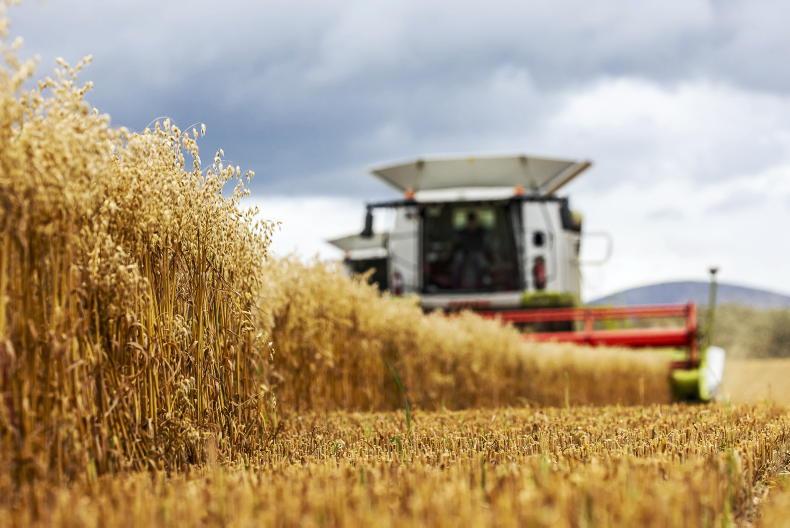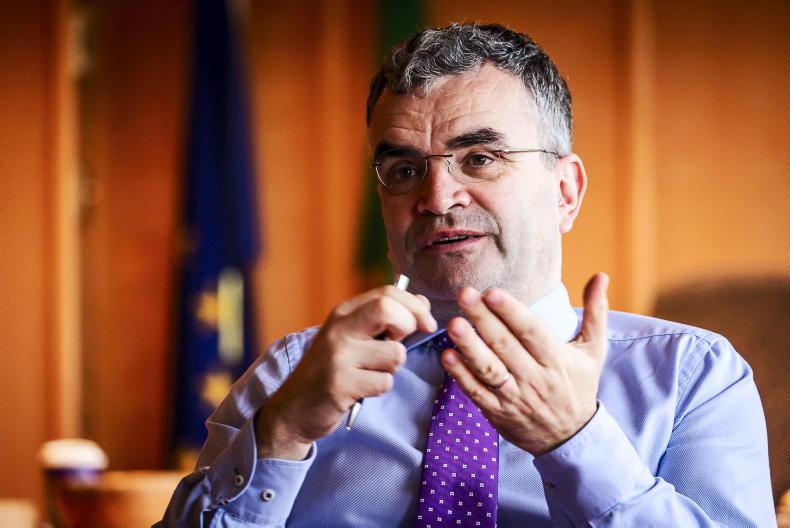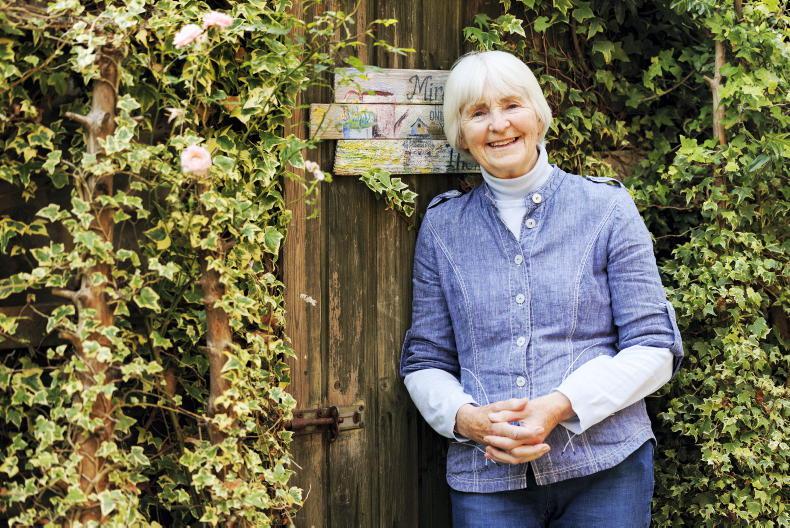The first Irish census was carried out in 1821, with census 2016 the 27th completed.
Since 1951, it has been compiled every five years. Census 2021 was scheduled for the spring but due to the challenges presented by COVID-19, the Government has postponed it to April 2022.
This is to “enable the Central Statistics Office (CSO) to undertake a comprehensive, inclusive and safe census in 2022 which will provide valuable and accurate data for our country in the years ahead”.
The CSO is the body responsible for the impartial collection, analysis and provision to the public of statistics about Ireland’s people, society and economy.
This data then informs decision making across a range of areas including construction, health, welfare, the economy and, of course, agriculture. Here are some key areas of CSO data collection.
The agricultural census 2020
Despite COVID-19, the agricultural census did go ahead in 2020, though it was delayed. This census is carried out every 10 years. It forms part of an EU-wide programme under which each EU country collects data and feeds it into Eurostat.
Data from the census is important for future planning. All farms are included, regardless of size or type, so the census of agriculture tells the full story of Irish agriculture. Structural changes on farms over time will be assessed in terms of farm type, age/gender breakdown of labour force, geography etc.
The CSO collects data from multiple sources outside of the census. For example, data is now being presented under the headings of the United Nations (UN) Sustainable Development Goals. Goal five is gender equality.
The development of broadband infrastructure is crucial to survival of businesses during the COVID-19 pandemic and it will be a long-term positive development for rural
Ireland.
The first Irish census was carried out in 1821, with census 2016 the 27th completed.
Since 1951, it has been compiled every five years. Census 2021 was scheduled for the spring but due to the challenges presented by COVID-19, the Government has postponed it to April 2022.
This is to “enable the Central Statistics Office (CSO) to undertake a comprehensive, inclusive and safe census in 2022 which will provide valuable and accurate data for our country in the years ahead”.
The CSO is the body responsible for the impartial collection, analysis and provision to the public of statistics about Ireland’s people, society and economy.
This data then informs decision making across a range of areas including construction, health, welfare, the economy and, of course, agriculture. Here are some key areas of CSO data collection.
The agricultural census 2020
Despite COVID-19, the agricultural census did go ahead in 2020, though it was delayed. This census is carried out every 10 years. It forms part of an EU-wide programme under which each EU country collects data and feeds it into Eurostat.
Data from the census is important for future planning. All farms are included, regardless of size or type, so the census of agriculture tells the full story of Irish agriculture. Structural changes on farms over time will be assessed in terms of farm type, age/gender breakdown of labour force, geography etc.
The CSO collects data from multiple sources outside of the census. For example, data is now being presented under the headings of the United Nations (UN) Sustainable Development Goals. Goal five is gender equality.
The development of broadband infrastructure is crucial to survival of businesses during the COVID-19 pandemic and it will be a long-term positive development for rural
Ireland.









SHARING OPTIONS